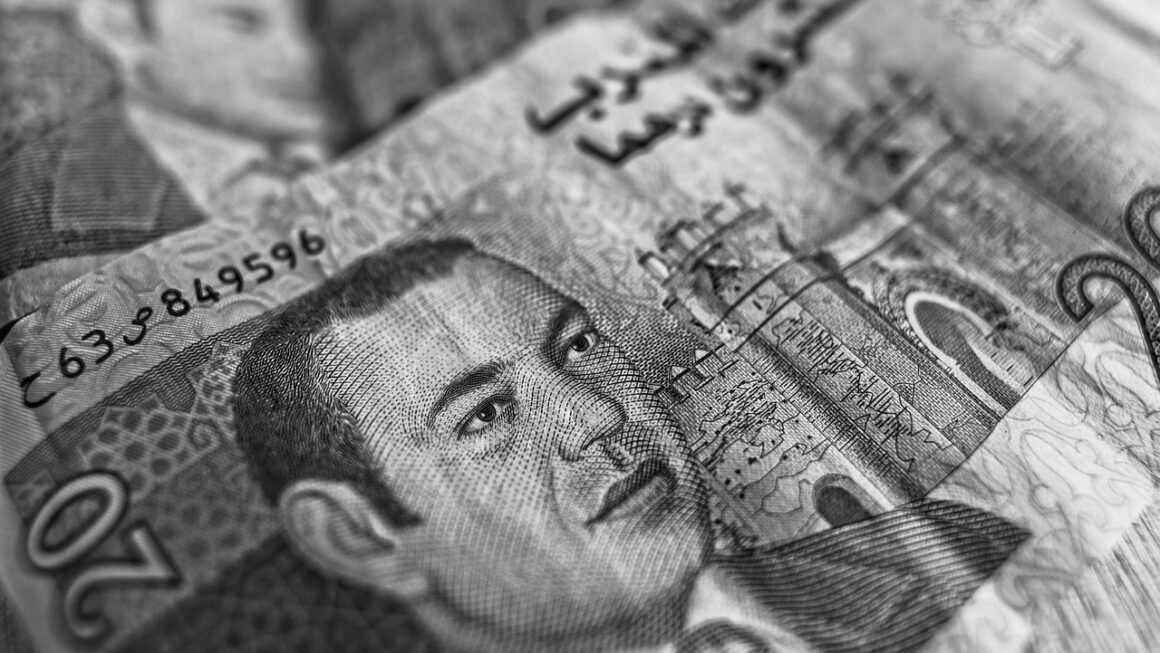Budgeting: a word that can evoke feelings ranging from dread to empowerment. But no matter your initial reaction, understanding and implementing effective budgeting strategies is crucial for achieving financial stability and reaching your life goals. Whether you’re saving for a down payment on a house, paying off debt, or simply trying to gain better control of your finances, this comprehensive guide will provide you with the tools and knowledge you need to master the art of budgeting.
Understanding the Basics of Budgeting
What is a Budget and Why is it Important?
A budget is a detailed plan outlining how you intend to allocate your income over a specific period, typically a month. It serves as a roadmap for your money, helping you track where it’s going and ensuring it aligns with your financial priorities.
- Importance of Budgeting:
Financial Control: Provides clarity and control over your finances, reducing stress and anxiety.
Goal Setting: Enables you to save for specific goals, like buying a car, travelling, or retirement.
Debt Reduction: Helps you identify areas where you can cut spending and allocate more funds towards debt repayment.
Financial Security: Builds a foundation for long-term financial security and stability.
Identifying Leaks: Uncovers unnecessary spending habits that drain your finances.
For example, Sarah, a 28-year-old marketing professional, started budgeting and realized she was spending $200 a month on subscription services she rarely used. By cancelling those subscriptions, she freed up that money to put towards her student loan debt.
Common Budgeting Methods
There are several budgeting methods, each with its own advantages. Here are a few popular ones:
- 50/30/20 Rule: Allocate 50% of your income to needs, 30% to wants, and 20% to savings and debt repayment.
Example: If your monthly income is $4,000, you would allocate $2,000 to needs (housing, groceries, transportation), $1,200 to wants (dining out, entertainment), and $800 to savings and debt.
- Zero-Based Budget: Allocate every dollar of your income to a specific category, ensuring that your income minus your expenses equals zero.
Example: If your monthly income is $3,000, you would create a budget that allocates that entire $3,000 to various categories, leaving no money unaccounted for. This includes allocating amounts, even if small, to sinking funds for irregular expenses.
- Envelope System: A cash-based system where you allocate cash to different envelopes representing different spending categories (e.g., groceries, entertainment). Once an envelope is empty, you can’t spend any more in that category for the month.
Example: You allocate $400 to your grocery envelope. Once the $400 is spent, you cannot spend any more on groceries until the next month.
- Budgeting Apps & Software: Utilize digital tools like Mint, YNAB (You Need a Budget), or Personal Capital to track your spending and manage your budget.
* Example: Using Mint allows you to link all your bank accounts and credit cards to automatically categorize your transactions, giving you a clear overview of your spending habits.
Setting Up Your Budget: A Step-by-Step Guide
Step 1: Calculate Your Income
Start by determining your monthly income. This includes your net income (after taxes and deductions) from your primary job, as well as any additional income from side hustles, investments, or other sources.
- Example: John earns $5,000 per month after taxes from his primary job and an additional $500 from freelance work, giving him a total monthly income of $5,500.
Step 2: Track Your Expenses
The next crucial step is tracking where your money is currently going. This can be done through:
- Manual Tracking: Use a notebook, spreadsheet, or budgeting app to record all your expenses for at least one month.
- Bank Statements & Credit Card Statements: Review your statements to identify recurring expenses and spending patterns.
- Categorize Expenses: Divide your expenses into fixed expenses (rent, mortgage, utilities) and variable expenses (groceries, entertainment, dining out).
A recent survey showed that 60% of people underestimate their monthly expenses by at least 10%. Accurate tracking is key to understanding where your money is going.
Step 3: Create Your Budget
Now that you have a clear picture of your income and expenses, it’s time to create your budget. Choose a budgeting method that aligns with your preferences and financial goals.
- Allocate Funds: Assign a specific amount to each expense category based on your income and spending habits.
- Prioritize Needs: Ensure your essential needs are covered first, before allocating funds to wants.
- Set Savings Goals: Allocate a portion of your income to savings, even if it’s a small amount, and automate the process if possible.
For instance, if you are using the zero-based budget, make sure that every dollar is assigned. Don’t forget irregular expenses like car repairs, gifts, or annual subscriptions. These are often overlooked, but can derail your budget if not planned for.
Step 4: Review and Adjust Your Budget
Budgeting is an ongoing process. Regularly review your budget to ensure it aligns with your current financial situation and goals.
- Monthly Review: Review your budget at the end of each month to identify areas where you overspent or underspent.
- Adjust as Needed: Make adjustments to your budget based on your spending patterns and any changes in your income or expenses.
- Be Flexible: Life happens! Be prepared to adjust your budget to accommodate unexpected expenses or changes in circumstances.
Tips for Successful Budgeting
Automate Savings
Make saving a priority by automating your savings contributions. Set up automatic transfers from your checking account to your savings account each month. This ensures you’re consistently saving without having to actively think about it.
- Example: Set up an automatic transfer of $200 from your checking account to your savings account on the 1st of each month.
Cut Unnecessary Expenses
Identify areas where you can cut back on spending. This could include:
- Reducing dining out: Cook more meals at home.
- Cancelling unused subscriptions: Evaluate your subscription services and cancel any that you don’t use regularly.
- Finding cheaper alternatives: Shop around for better deals on insurance, utilities, and other services.
According to a recent report, the average person spends over $200 per month on impulse purchases. Being mindful of these spending habits can significantly improve your budgeting efforts.
Set Realistic Goals
Set achievable financial goals that are specific, measurable, attainable, relevant, and time-bound (SMART).
- Example: Instead of setting a goal to “save more money,” set a goal to “save $500 per month for a down payment on a house within two years.”
Track Your Progress
Regularly track your progress towards your financial goals. This will help you stay motivated and make necessary adjustments to your budget along the way.
- Use budgeting apps: These apps provide visual representations of your progress and help you stay on track.
- Celebrate milestones: Acknowledge and celebrate your achievements to stay motivated.
Overcoming Common Budgeting Challenges
Dealing with Irregular Income
If you have an irregular income, it can be challenging to create a consistent budget. Here are some tips for managing fluctuating income:
- Calculate Average Income: Calculate your average monthly income over the past few months to create a baseline budget.
- Prioritize Needs: Ensure your essential needs are covered first.
- Build an Emergency Fund: Create a financial buffer to cover expenses during months when your income is lower.
- Variable Budgeting: Adjust your spending based on your income for the month. If you have a high-income month, save the excess. If you have a low-income month, tap into your savings or cut back on non-essential expenses.
Sticking to Your Budget
Sticking to your budget can be difficult, especially when unexpected expenses arise. Here are some strategies for staying on track:
- Create a Buffer: Build a buffer into your budget to account for unexpected expenses.
- Find Accountability: Share your budget with a friend or family member for support and accountability.
- Reward Yourself: Reward yourself for sticking to your budget, but choose rewards that don’t break the bank.
- Be Patient: It takes time to develop good budgeting habits, so be patient with yourself and don’t get discouraged if you slip up occasionally.
Conclusion
Budgeting is a powerful tool for achieving financial success. By understanding the basics, setting up a budget that aligns with your goals, and overcoming common challenges, you can take control of your finances and build a secure future. Remember to be patient, consistent, and adaptable, and celebrate your progress along the way. With the right approach, budgeting can transform your relationship with money and pave the way for a brighter financial future.



